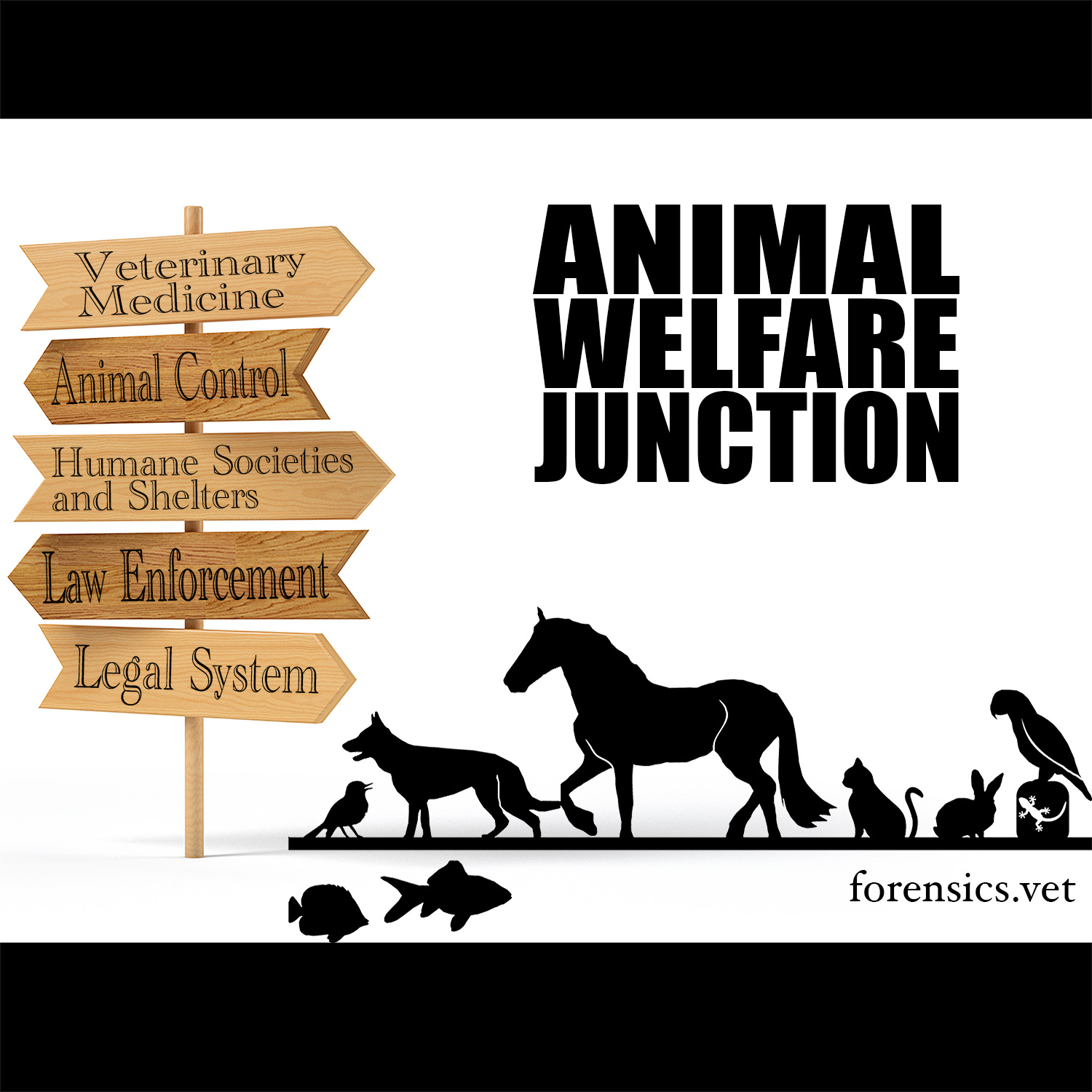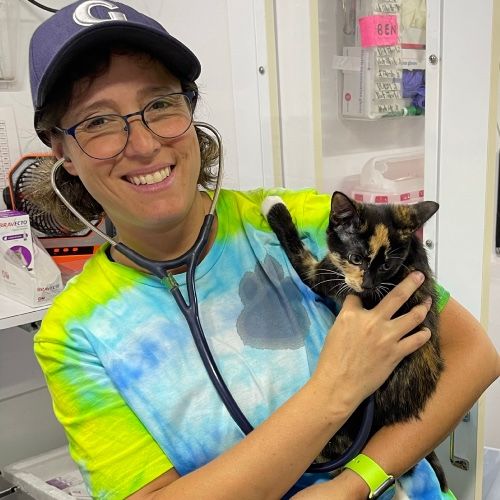Animal ForensiCon 2025: Sharp Trauma in Cetaceans and Sirenians with Denise Boyd
Denise Boyd, researcher with the Florida Fish and Wildlife Conservation Commission, shares with us the dangers faced by manatees, dolphins and whales in Southwest Florida from collisions with boats.
The 2025 Animal ForensiCon: The Animal Forensic Investigations Conference is a three-day event, offered in Daytona Beach Shores, Florida from May 7th to 9th, 2025. The conference is hosted by the University of Florida’s Veterinary Forensic Sciences Laboratory.
ForensiCon offers workshops and educational sessions on a wide variety of topics pertaining to criminal investigations, law, small animal investigations, equine and livestock investigations, and wildlife crimes. This conference is open to anyone interested in animal forensic investigations. Attendees will also have the opportunity to network with faculty, experts, and investigators
Transcript
This last presentation is something that I don't know a lot about, so it
2
:was really cool to learn some from it.
3
:So here is Denise Boyd.
4
:She just talked about documenting signs of
sharp trauma in Cetaceans and Sirenians.
5
:Thank you for being here.
6
:Denise Boyd: Thank you.
7
:Thank you for having me.
8
:Um, yep.
9
:My name is Denise Boyd.
10
:I work for the Florida Fish and
Wildlife Conservation Commission.
11
:I'm in their wildlife
research institute division.
12
:The research section in marine mammals.
13
:And my job is specific to response
to sinrenians, which serve manatees
14
:and cetaceans, which are dolphins
and whales in southwest Florida.
15
:Those are my primary job duties
and the majority of the animals
16
:we encounter are deceased.
17
:And so we evaluate these animals as
they come in and conduct an animal
18
:autopsy, which is called a necropsy.
19
:And we do as part of that, an external
examination and we document any wounds or
20
:lesions and the way they present and the
orientation of their pre presentation.
21
:And when animals have been negatively
impacted, specifically marine mammals,
22
:if they're impacted by a vessel, it will
leave a very distinct series of wounds or
23
:injuries on an animal's back or its skin.
24
:And so what I talked about today is
just how to document, photograph, and
25
:report out on those types of injuries.
26
:So for example, a propeller will make
a series of linear to slightly curved
27
:lacerations in an order or a series.
28
:They're roughly equidistant
apart, so they measure like two
29
:centimeters apart consistently.
30
:And you'll
31
:record and photograph and measure those
wounds, and then you look internally
32
:and document any underlying injuries.
33
:So often associated with animals
that have been impacted by a vessel
34
:while alive, when you look underneath
those wounds you'll find blood
35
:clots, torn in hemorrhagic muscle.
36
:You'll actually see the muscles will
curl once they're torn or lacerated by
37
:say a, a boat propeller.
38
:And so I presented on that, that some
of those vessel or watercraft parts
39
:that project out like a propeller,
a boat shaft, a scag, a rudder, can
40
:cause sharp trauma on a marine mammal.
41
:That there's also the possibility
that they're impacted by blunt forces.
42
:So the underside of the boat, which
is the hull at the front, it's the
43
:bow or the back, it's the stern.
44
:The broad impact and blunt force
at a vessel that's going very
45
:fast can also cause significant
damage without any sharp trauma.
46
:It would be all blunt.
47
:So that has the capacity, specifically
in manatees, to fracture ribs.
48
:Those ribs can then be pushed internally
and damage a lung and damage an abdomen
49
:and cause a lot of internal organ damage.
50
:And so they may look fine on the surface.
51
:They may have just a small scrape or
superficial injury, but all of the
52
:force of the blunt hull impact has been
translated deeper into the animal, and
53
:you'll see these injuries inside that
are consistent with a vessel interaction.
54
:So that's mostly what I
talked about for today.
55
:DrG: How can this information help
us with preventing these injuries?
56
:Denise Boyd: So in Florida specifically,
there are speed zones that are set for in
57
:areas where manatees are in high numbers.
58
:And so boaters have to
go at slower speeds.
59
:So they do not impact those.
60
:So if we have animals that are found
repeatedly in an area that should be slow
61
:speed zone, we can make recommendations
to law enforcement that maybe the
62
:area is not seeing a high level of
compliance with those speed zones.
63
:So it's important for us to document
these injuries and where the
64
:animals are coming in that present
with those types of injuries.
65
:Or conversely, if we have an area that
we're seeing a lot of mortality and there
66
:isn't a speed zone in place, should we
make a recommendation to put one in?
67
:So it's primarily to, to help keep
the number of animals that are dying
68
:due to these, uh, interactions lower.
69
:DrG: Excellent.
70
:Well, this has been super informational
and educational, so thank you so much for
71
:being here, and thank you for what you do.
72
:Denise Boyd: All right.
73
:Thank you.

